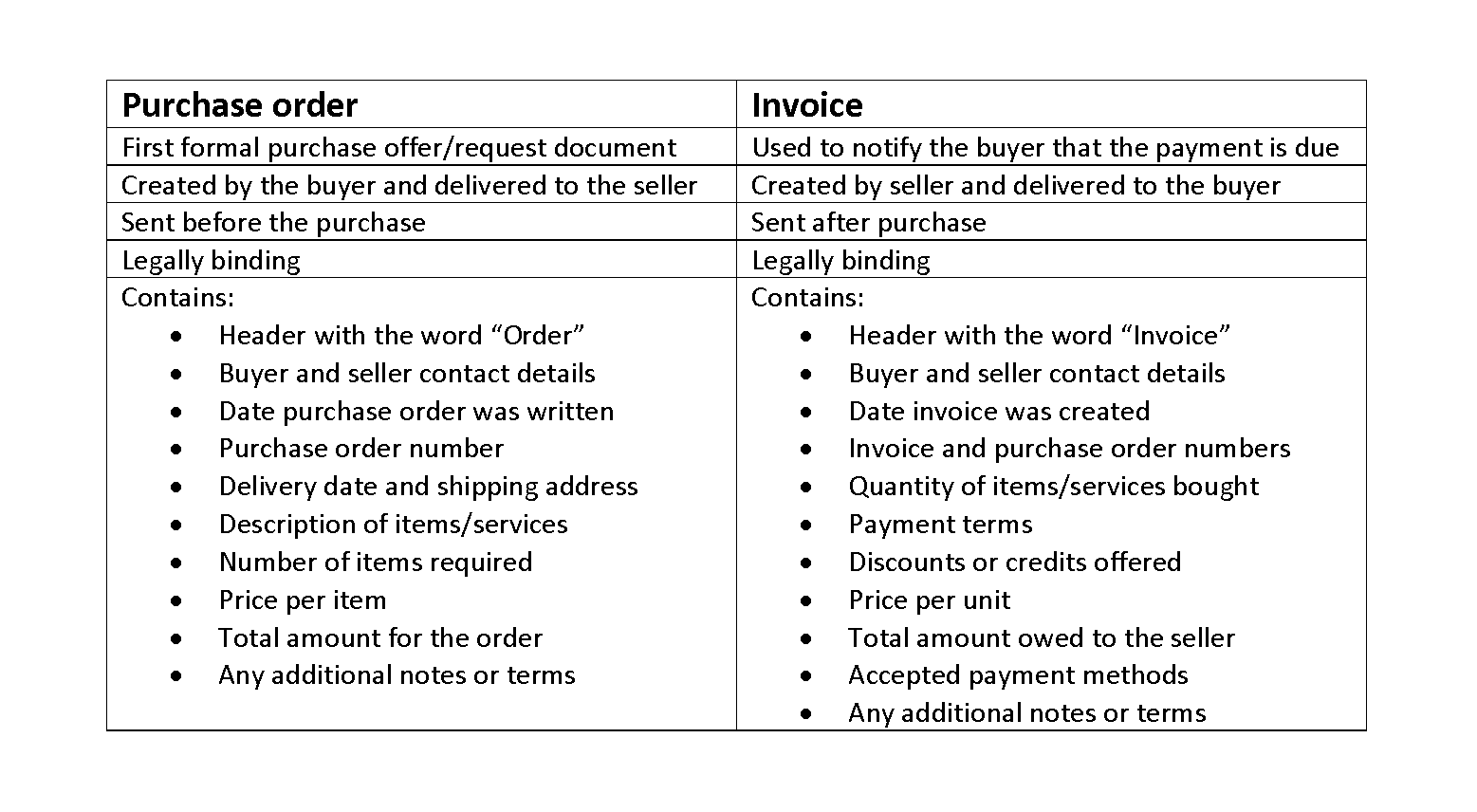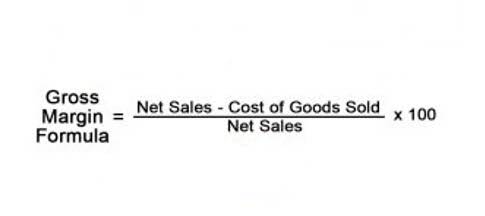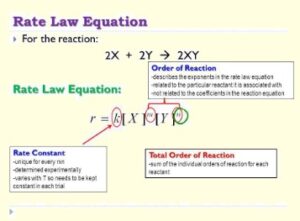.jpg)
By measuring progress towards satisfaction of a performance obligation an entity recognizes the revenue in the pattern of transfer of control of the promised good or service to the customer. This is where the application of long term contracts gets clarified which were traditionally covered in IAS-11. For example, a construction company undertakes to construct a gigantic parking plaza for a hospital, which will take say, 3 years during which materials, labor and other costs shall incur. Accordingly, it will receive payments (usually termed as progress bills) from the hospital management at predefined stages of completion. Hence, revenue recognition for such long term contracts shall be dependent on stage of completion which shall be agreed upfront.
Identifying Performance Obligations in the Software Industry
The adoption of ASC 606 and IFRS 15 has set a precedent for more detailed and transparent revenue reporting. Moving forward, we may see further refinement of these standards to accommodate new types of transactions and digital business models. The increasing use of artificial intelligence and machine learning in accounting software could also enhance the accuracy and efficiency of revenue recognition processes. Additionally, there might be a greater emphasis on real-time revenue reporting and analysis, providing businesses with more timely insights into their financial performance. Keeping abreast of these trends will be crucial for businesses to remain compliant and competitive. Determining the transaction price is a critical step in the revenue recognition process.
Disclosures and Reporting Requirements
For example, attorneys charge their clients in billable hours and present the invoice after work is completed. For a $1 million contract, a builder recognizes revenue based on project completion stages—e.g., $500,000 when 50% of the project is complete. By following established guidelines, businesses avoid legal and regulatory repercussions. Investors, creditors, and regulators rely on consistent and transparent reporting to make informed decisions.
ASC 606 in a Nutshell – The Five-step Revenue Recognition Model
An entity allocates the transaction price among the performance obligations in the contract. The allocation generally is based on the relative standalone selling price of each performance obligation with exceptions for certain discounts and variable consideration; the allocation must be consistent with the allocation objective in ASC 606. Determining the standalone selling price of each performance obligation is a key aspect of this step. Maximizing business opportunities through enhanced revenue recognition practices involves leveraging the detailed insights provided by ASC 606 and IFRS 15.
.jpeg)
Step 2: Identifying the Performance Obligations in the Contract
- Nonrefundable upfront fees can result in a distinct performance obligation in the same way as customer options.
- A discount is allocated proportionately to all performance obligations in the contract unless there is observable evidence that the discount relates to one or more specific performance obligations.
- For performance obligations satisfied over time, an entity must measure progress towards complete satisfaction of the obligation.
- This process ensures that revenue is recognized in a way that reflects the transfer of goods or services to the customer.
- In the U.S., only publicly traded businesses are legally obligated to comply with GAAP standards.
- This new guidance, in turn, established a more neutral, industry-agnostic process for recognizing revenue no matter the type of business being evaluated.
- An entity allocates the transaction price among the performance obligations in the contract.
Consignment is when a company transfers its goods to an intermediary for sale to the end user. In consignment arrangements, revenue should not be recognized until control is transferred from the company to either the intermediary or to a customer through the intermediary. When the scope and/or transaction price is changed, the modification is accounted for as a separate contract or a change to the existing contract, depending on the circumstances as noted above.
- An entity may exclude any future options for a contract from consideration when determining the transaction price.
- A contract modification is a change in the scope or price of a contract approved by parties to the contract.
- This approach is only permissible when one or more of the goods or services have highly variable or uncertain prices.
- An entity identifies the contract with a customer for accounting purposes, which may not be the same as the contract(s) for legal purposes.
- It says, a contract is an agreement between two or more parties that creates enforceable rights and obligations.
A discount is allocated proportionately to all performance obligations in the contract unless there is observable evidence that the discount relates to one or more specific performance obligations. In such cases, the entity allocates the discount entirely to those specific performance obligations. The cash payment collected from the customer was received in advance because the company is obligated to provide a specified benefit to the customer on a future date. ASC 606 is the revenue recognition standard established by the FASB and IASB that governs how revenue generated by public and private companies is recorded in their financial statements.
.jpg)
For instance, a streaming service offering monthly content access might recognize each month as a separate obligation if the pattern of delivery is consistent. Performance obligations represent the distinct goods or services a company commits to provide. The identification process requires understanding contractual terms and the commercial substance of the arrangement.
These systems often struggle to support modern revenue models and maintain accuracy in financial reporting. The 5-step revenue recognition process, as outlined by the Financial Accounting Standards Board (FASB) under ASC 606, provides a structured approach to recording revenue accurately. Ensuring that revenue is recognized when earned helps present a true financial picture of the company, which is crucial for strategic planning and financial health. Typically, you’ll want to include an estimated or projected value for the transaction price in the initial contract. The actual, realized totals will often depend on the specific product or service delivery conditions.
Maximizing Business Opportunities through Enhanced Revenue Recognition Practices
If a standalone price is hard to determine, it may be useful to compare the relative individual prices of each obligation and assign a proportion to each one. Once you determine the other slices, you’ll be able to estimate the proportional value of a hard-to-pin-down performance obligation. Unlike IAS 18 where revenue shall be recognized only on the monthly fee while the wifi router considered as free. If your accounting team runs into any challenges implementing these standards, they shouldn’t hesitate to contact an expert like RightRev. Built by one of the “Godfathers of Revenue Recognition,” RightRev’s revenue recognition solution is powerful, flexible, and scalable. It automates and streamlines the 5-step ASC 606 process so your finance team can step away from all their spreadsheets and get back to work on the strategic initiatives that really move the needle.
A mobile telephone contract typically bundles together the handset and network connection. If we multiply the monthly revenue by the number of months in a year, 12 months, the annual recognized revenue is $1,500,000. Suppose a B2B SaaS business offers its clients the option to pick a specific type of pricing plan, such as quarterly, annual, or multi-year payment plans.
Regular communication with stakeholders, including investors and customers, about how these changes might impact financial reporting is also important to maintain transparency and trust. After determining the transaction price, it must be allocated to the various performance obligations in the contract. This allocation is typically based on the relative standalone selling prices of 5 steps in revenue recognition process each performance obligation. Many organizations apply accrual basis of accounting for financial statements’ preparation.










